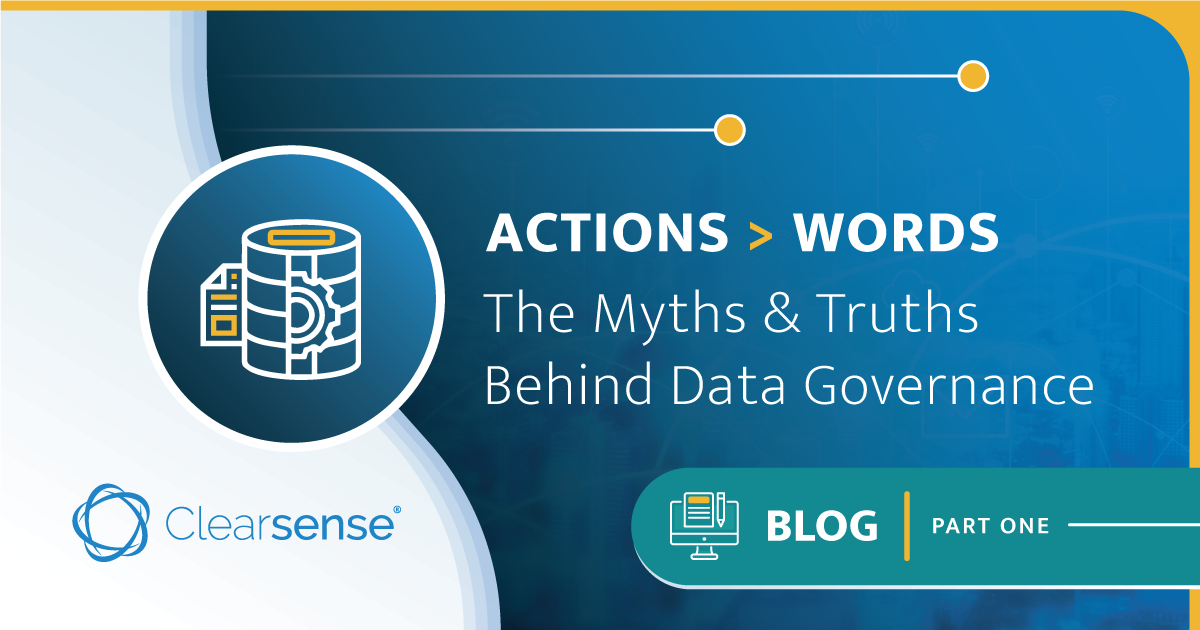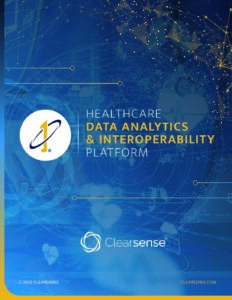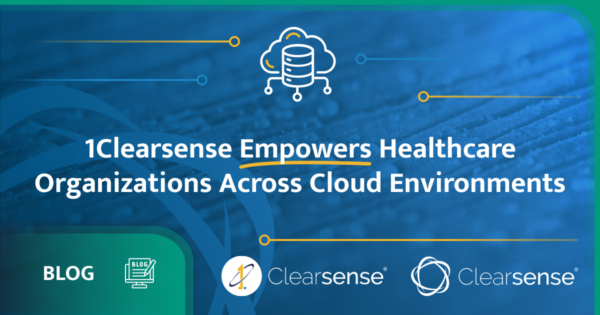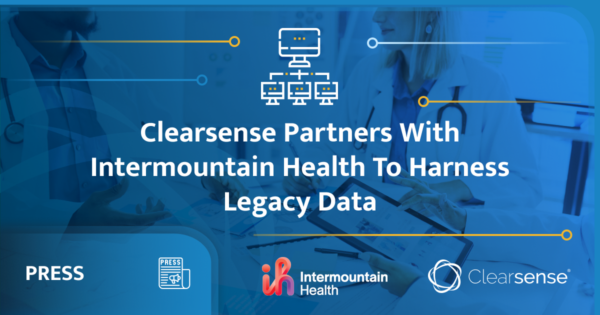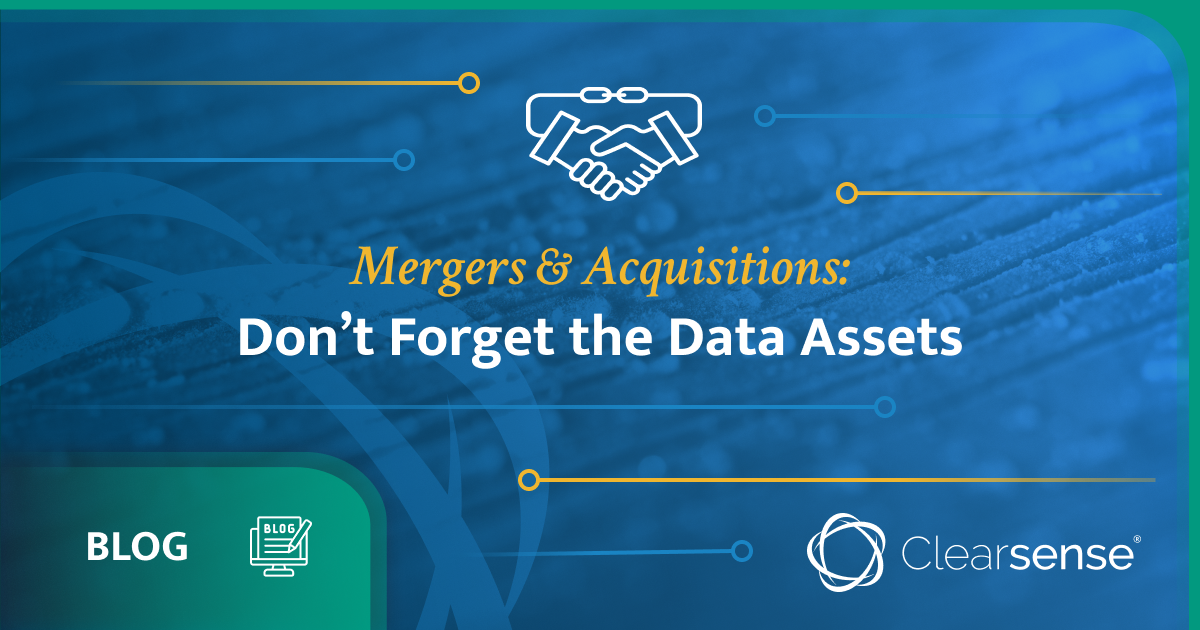
Written by: Terri Mikol, Clearsense Principal Data Governance Advisor, and Christina Cascante, Clearsense Data Governance Advisor
The Healthcare merger and acquisition (M&A) landscape is changing dramatically. In fact, according to Health Tech Magazine, “Revenue from healthcare M&A activity in the second quarter of 2022 hit a record high of $19.2 billion.” The health outlet also noted that a “smooth IT integration” was one of the most vital steps toward a successful merger or acquisition. They explained, “This requires organizations to establish strategic plans that set up the integration of data, cloud platforms, and personnel and also address security concerns, among other elements.”

While you are inventorying and assessing strategic assets, explore beyond real estate, finances, employees, equipment, technology, and consider data and analytics. How will data and analytics solutions be impacted by the merger or acquisition? How can the continuity of processes relying on data be maintained? Your team will want to know where all the data is, how it is used, its quality, definitions of key metrics, and which reports and dashboards need to be enhanced to reflect the M&A. Let’s explore some benefits of including data and analytics in the asset assessment, which can:
- Improve the accuracy of your time and expense estimates for planned system integrations
- Reduce unnecessary duplication and complexity of your technical, data, and analytics footprint
- Connect data experts across the newly formed organization on day 1, resulting in efficient knowledge sharing and collaboration
- Reduce challenges associated with consolidated reporting across impacted business units
- Streamline data conversions with pre-defined metrics, high-quality data, and harmonized master data
- Prepare your organization for changes in data-related processes
Recommended Content
Include these data-related activities in planning a Healthcare M&A
Including these steps in your standard M&A processes will improve your ability to use data to successfully drive decisions and gain insights during and following the M&A.
 1 – Data Domains
1 – Data Domains
Asking the right questions about data domains can lay a proper foundation for accurate integration resource estimates.
Consider gathering information on the following:
- Which data domains are being merged/acquired? Will this new data be additive or duplicative?
- What applications and data stores will need this new data?
- What are the data integration capabilities of the applications and data stores being merged/acquired?
2 – Business Engagement
When building the right data stewardship community, make sure to include data experts from all business units impacted.
Connecting teams with the right people on day 1 promotes a collaborative, positive integration culture!
3 – Analytics
Implementations of corporate systems will result in chaos if analytics is an afterthought.
We recommend these key steps for analytics to maintain business continuity:
- Consider creating an inventory of reports, dashboards, ML and AI, and all analytics solutions.
- Gather metadata pertaining to data sources, discovery, analytics, visualization tools, metric definitions, algorithms, common filters, exclusions, groupings, ownership, and utilization.
- Design and publish a 1-to-1 mapping for each analytics solution merged/acquired to provide clarity on the path forward for all analytics users.
 4 – Metadata
4 – Metadata
Gather and publish data dictionaries for all applications and data sources impacted to streamline data conversions and integration efforts.
Creating a glossary of key metric definitions provides clarity for data users.
 5 – Data Quality
5 – Data Quality
Profile data and resolve data quality issues prior to data conversions and integration efforts.
- Are there any quality issues in the data to be integrated, and if so, should they be addressed prior to integration?
 6 – Master Data
6 – Master Data
Harmonizing shared data is essential.
Ensure your team is asking:
- What are master files collected and maintained in multiple applications? Providers, Patients, Employees, Facilities, (etc.)
- What is the best source of truth for each?
- How are uniqueness and identity managed to avoid duplicate records?
 7 – Reference Data
7 – Reference Data
Compare apples to apples across the new entity from day one by examining…
- What code sets, groupings, or ontologies are used in the systems and data sources?
- Enterprise standard codes can be defined by crosswalks needed to get to a common language for reporting and analytics.
 8 – Data Policy
8 – Data Policy
Minimize risk by including these questions in the overall strategy:
- What data is merged/acquired organization sharing externally? Why and how?
- What data security is required by regulation for the merged/acquired organization?
- What data is considered business sensitive, and what processes will be used to minimize access to business sensitive data in analytics?

